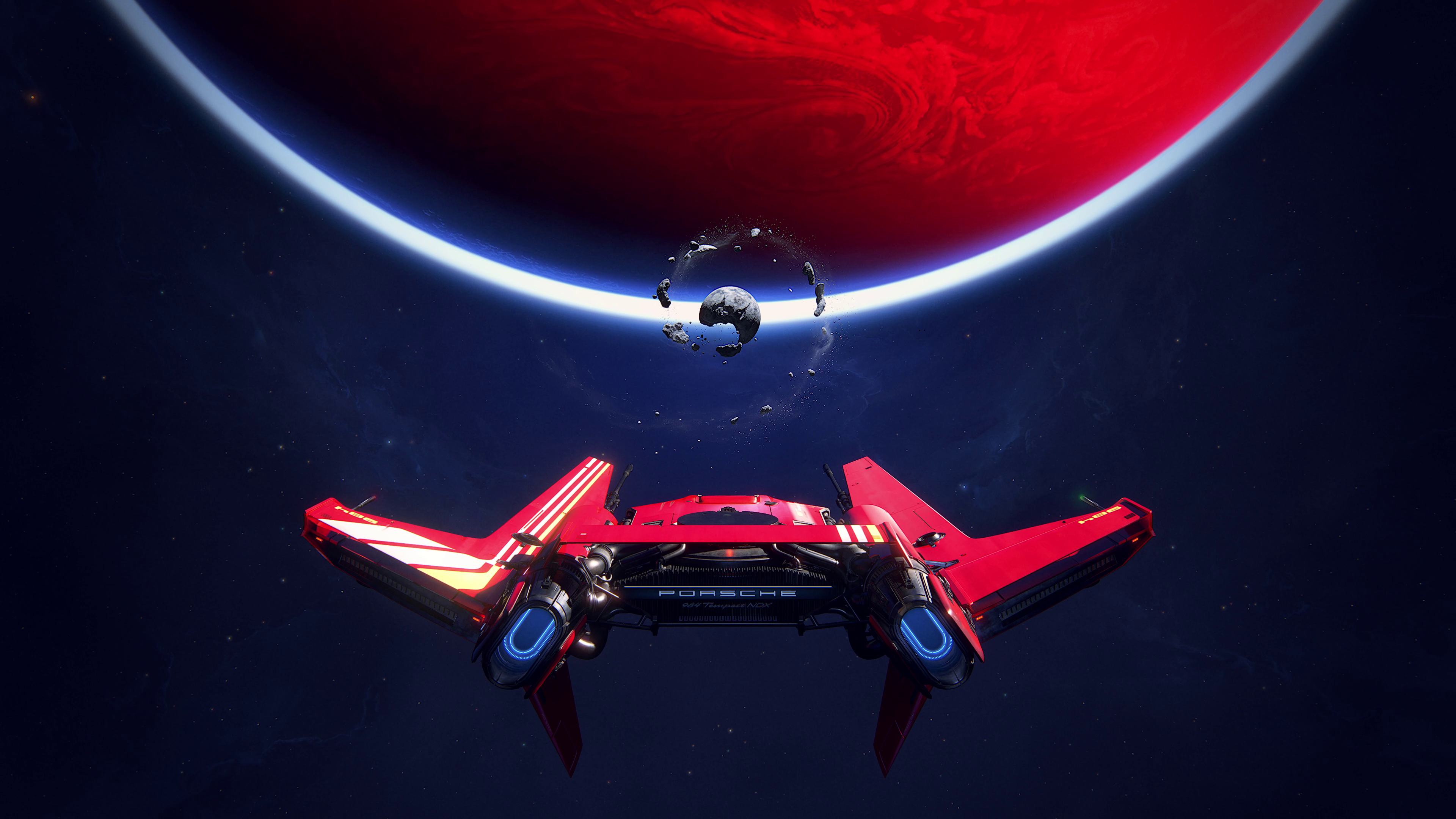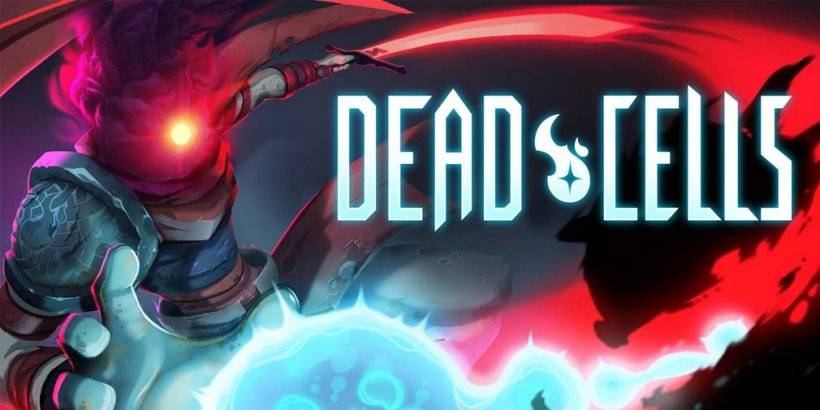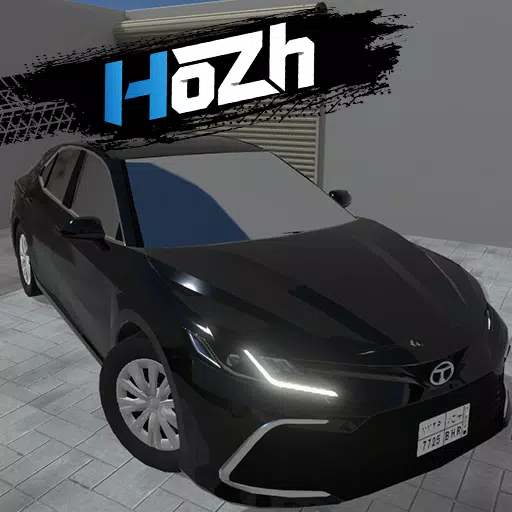The Nvidia GeForce RTX 5090: A Next-Gen Leap Fueled by AI
Nvidia's RTX 5090 arrives as the latest high-end graphics card, promising a new era in PC gaming. However, its performance gains aren't uniformly dramatic. While raw power shows a significant increase over the RTX 4090 in benchmarks like 3DMark, real-world gaming performance often reveals a more modest improvement, especially without DLSS Frame Generation. The true generational leap lies in its advanced AI capabilities.
The significant upgrade offered by the RTX 5090 hinges on several factors: the games played, the display resolution, and the acceptance of AI-generated frames. For users with displays below 4K 240Hz, the upgrade might not be justifiable. But for high-end setups, the AI-generated frames offer a glimpse into the future of gaming.
Nvidia GeForce RTX 5090 – Image Gallery
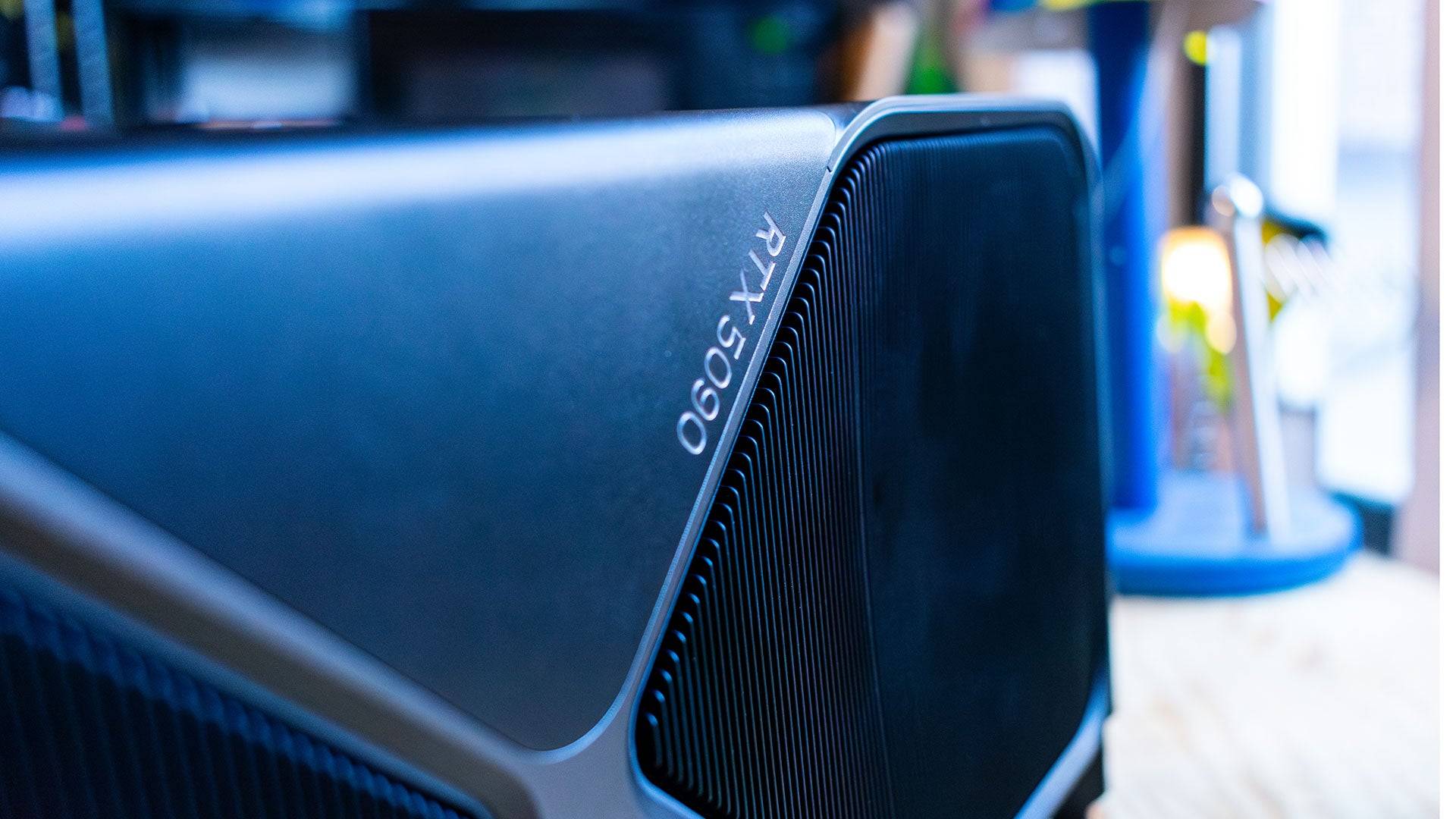
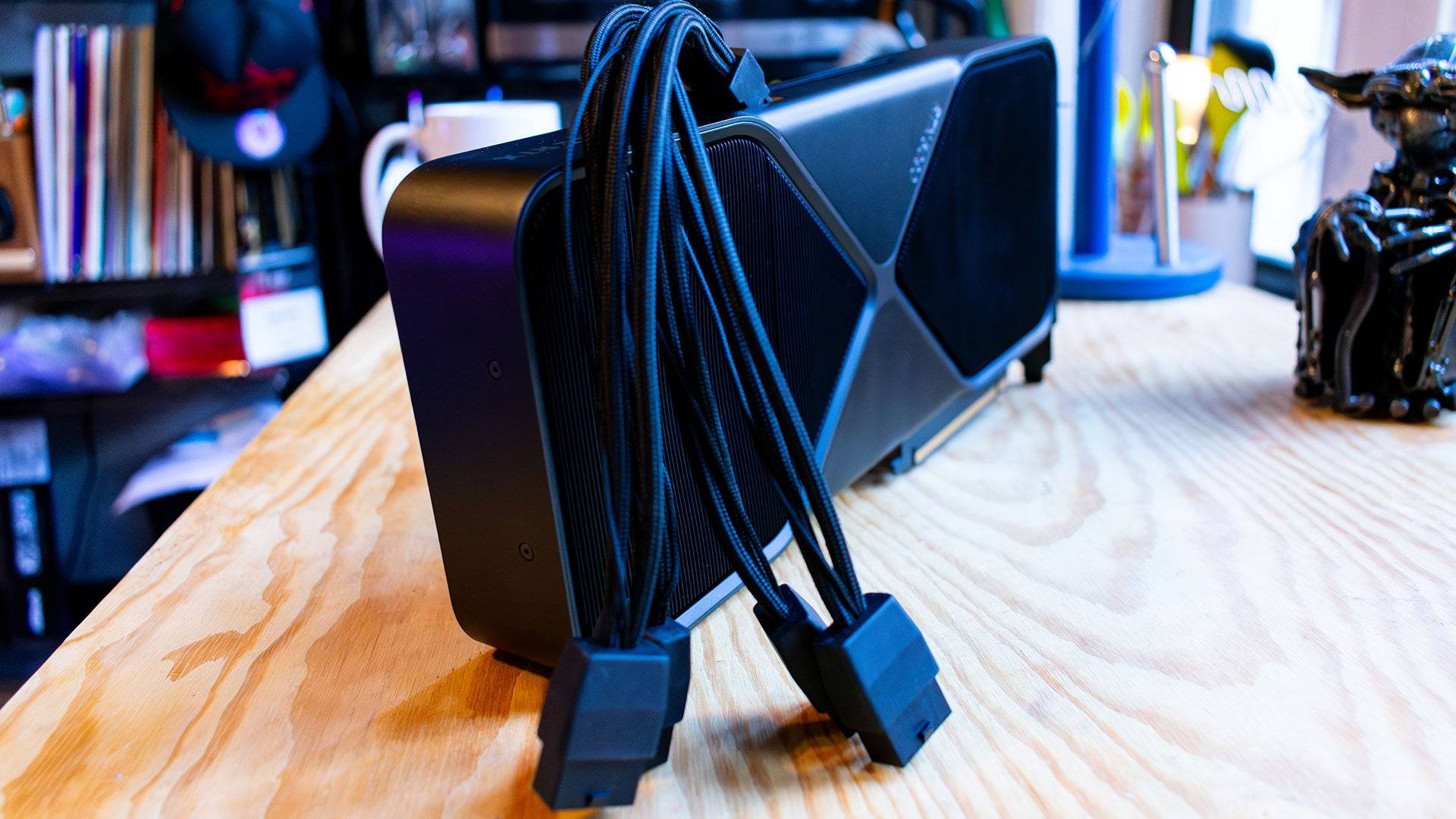 5 Images
5 Images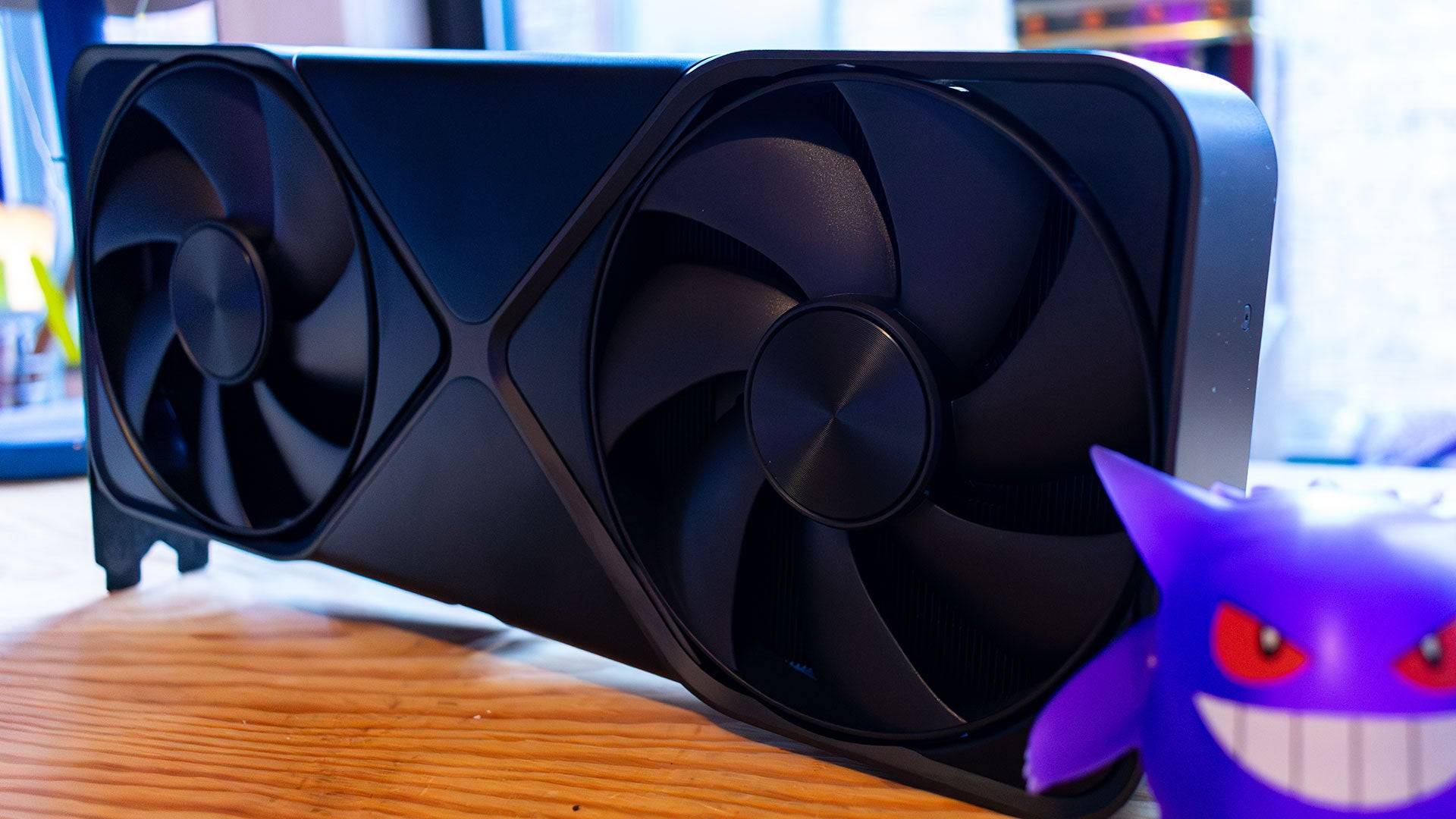
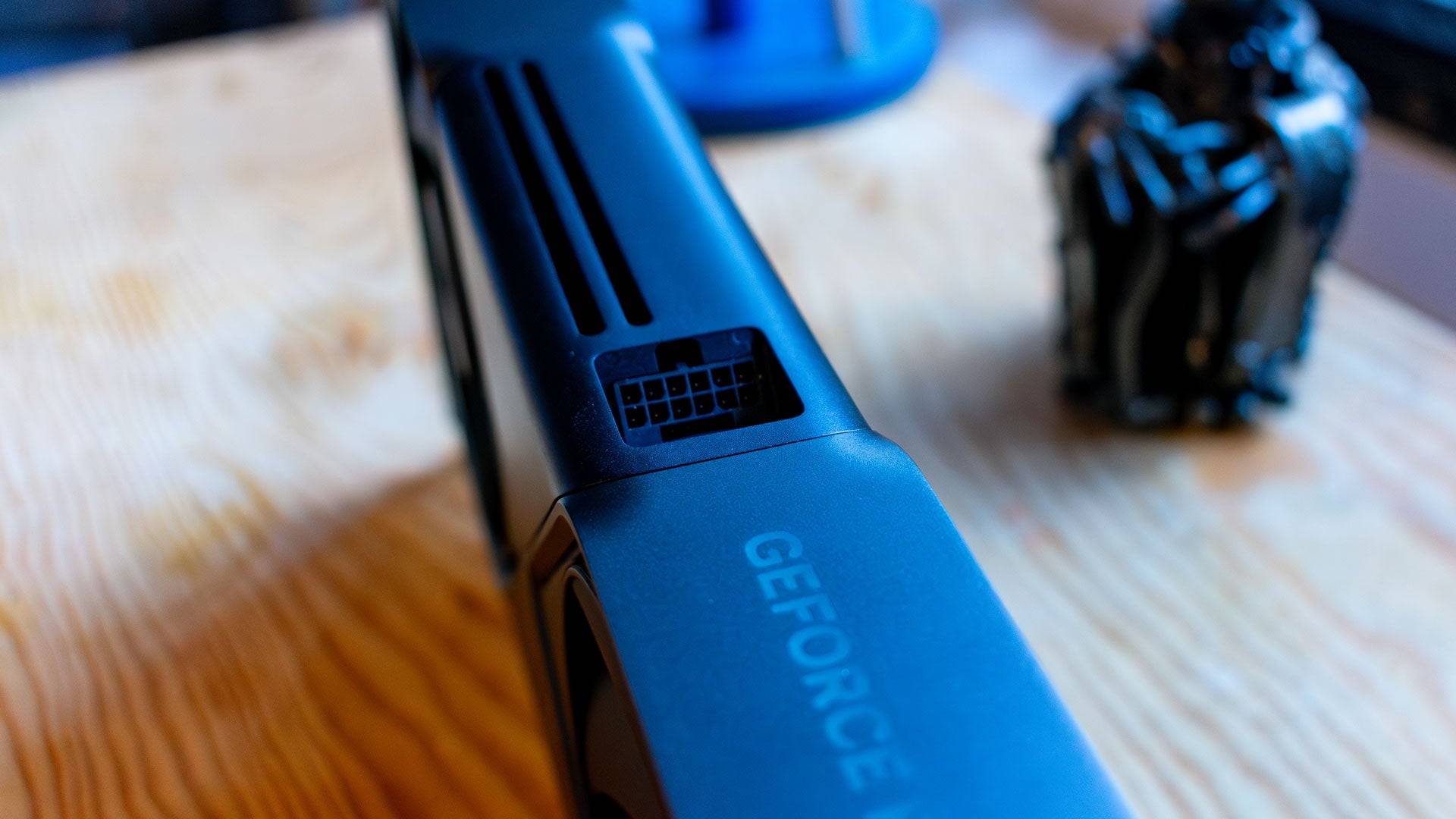
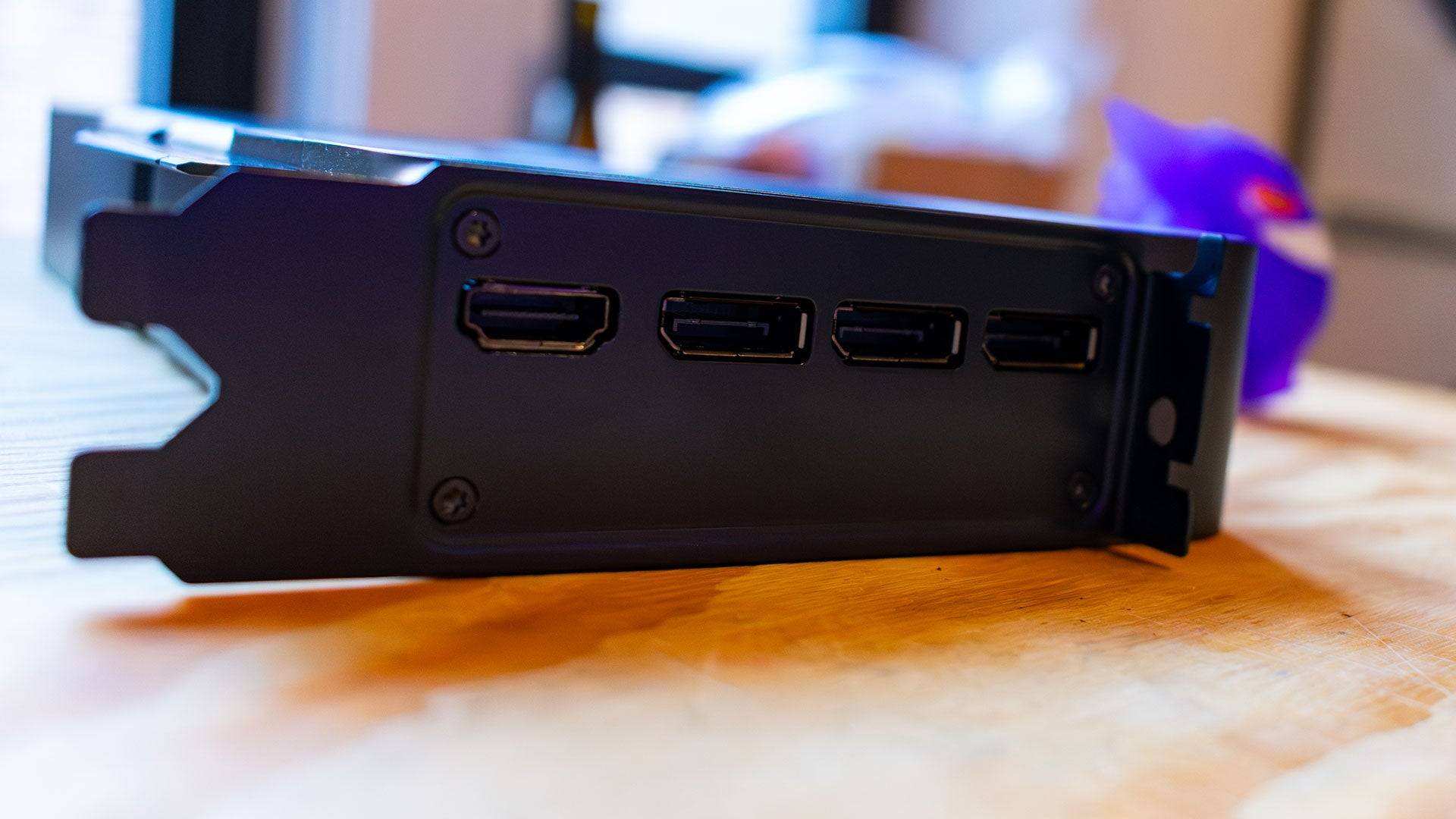
RTX 5090 – Specifications and Features
Built on Blackwell architecture, the RTX 5090 boasts a significant increase in CUDA cores (21,760 vs. 16,384 in the RTX 4090), resulting in a 32% boost in shader cores. Each Streaming Multiprocessor (SM) includes four Tensor Cores and one RT Core, enhancing AI and ray tracing performance. The 5th-generation Tensor Cores support FP4 operations, reducing VRAM dependency for AI tasks.
The card features 32GB of GDDR7 VRAM, a generational upgrade offering improved speed and power efficiency compared to GDDR6X. However, its 575W power consumption is considerably higher than the RTX 4090's 450W.
DLSS 4 leverages a Transformer Neural Network (TNN), replacing the Convolutional Neural Network (CNN) of previous generations. While frame rates aren't necessarily improved, Nvidia claims enhanced image quality and reduced artifacts. Multi-Frame Generation, an evolution of DLSS 3's Frame Generation, generates multiple frames from each rendered image, significantly boosting frame rates but best utilized with already acceptable frame rates.
Purchasing Information
The Nvidia GeForce RTX 5090 launched January 30th, with a starting price of $1,999 for the Founders Edition. Third-party models may command higher prices.
Founders Edition Analysis
Despite its 575W power draw, the RTX 5090 Founders Edition surprisingly features a smaller, dual-slot design. Its innovative cooling solution, featuring a centrally positioned PCB and dual fans, keeps temperatures below throttling levels (around 86°C at peak power consumption of 578W). The design eliminates rear exhaust vents, directing airflow upwards.
The card maintains a similar aesthetic to previous generations, featuring a silver 'X' design and a white LED-lit GeForce RTX logo. It utilizes a new, more efficient 12V-2x6 power connector, angled for easier cable connection, and includes an adapter for four 8-pin PCIe power connectors. This compact design makes it suitable for smaller PC builds, though third-party versions are expected to be larger.
DLSS 4: Addressing "Fake Frames" Concerns
Nvidia initially claimed up to 8x performance boosts with DLSS 4. While not reaching those heights, the RTX 5090 achieves exceptionally high frame rates, primarily through frame generation. The new AI Management Processor (AMP) core efficiently manages GPU workload distribution, enabling a 40% faster frame generation model using 30% less memory than its predecessor. The AMP's Flip Metering algorithm minimizes input lag. Multi-Frame Generation creates multiple AI frames per rendered frame, but optimal performance requires a high baseline frame rate.
Initial testing in Cyberpunk 2077 and Star Wars Outlaws demonstrated impressive results, with frame rates significantly exceeding display capabilities at 4K. While potential for artifacts exists, the technology appears highly effective in supported games. DLSS 4 compatibility is expected in 75 games at launch.
RTX 5090 – Performance Benchmarks
Testing revealed a generational leap in raw performance in 3DMark, with up to a 42% improvement over the RTX 4090. However, real-world gaming benchmarks showed more modest gains, often limited by CPU bottlenecks, even at 4K with a high-end Ryzen 7 9800X3D processor. The improvement over the RTX 4090 was often in the single digits in several titles. This suggests that the full potential of the RTX 5090 might not be realized until future games are better optimized. Games tested included Call of Duty Black Ops 6, Cyberpunk 2077, Metro Exodus: Enhanced Edition, Red Dead Redemption 2, Total War: Warhammer 3, Assassin's Creed Mirage, Black Myth: Wukong, and Forza Horizon 5.
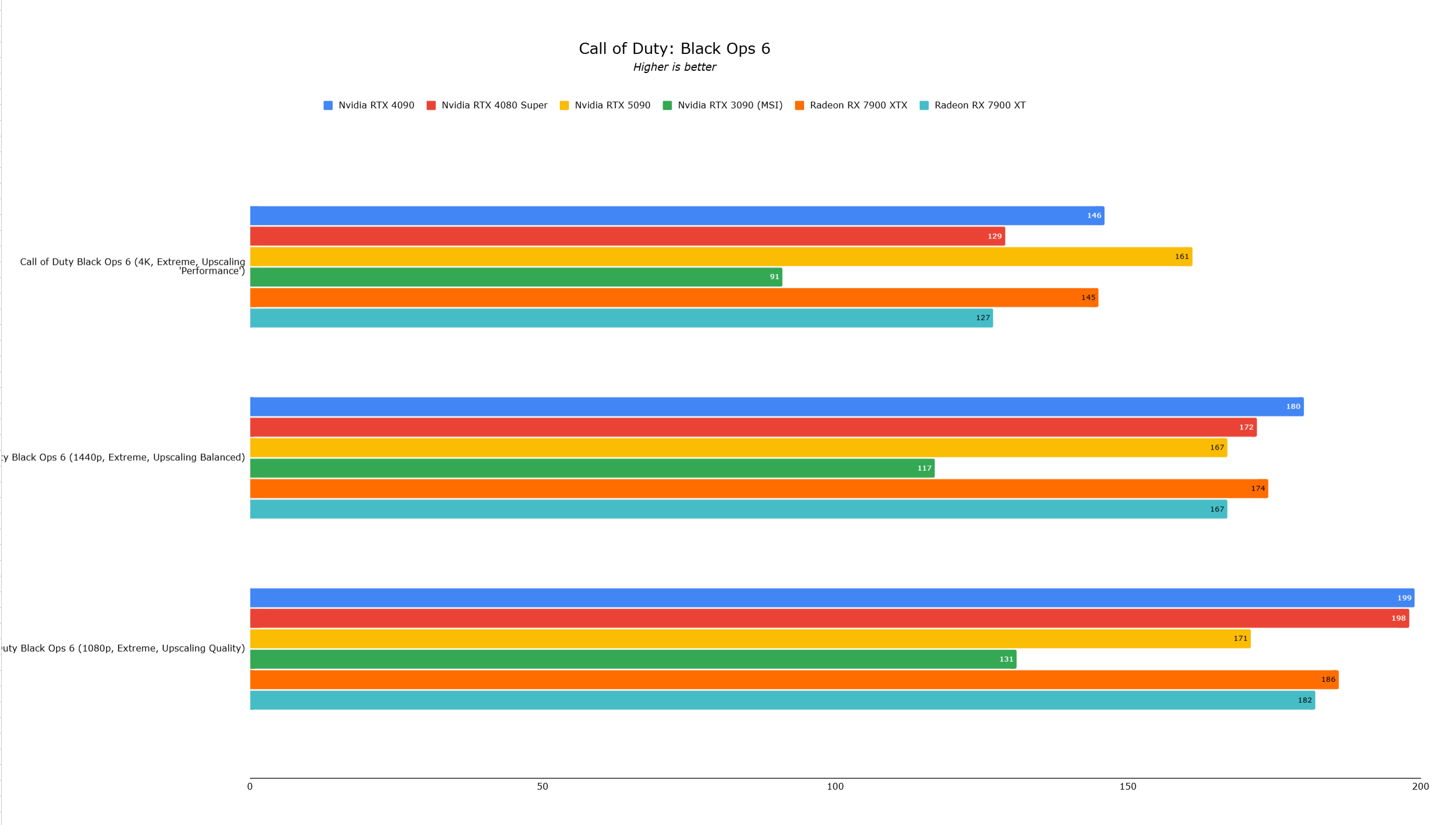
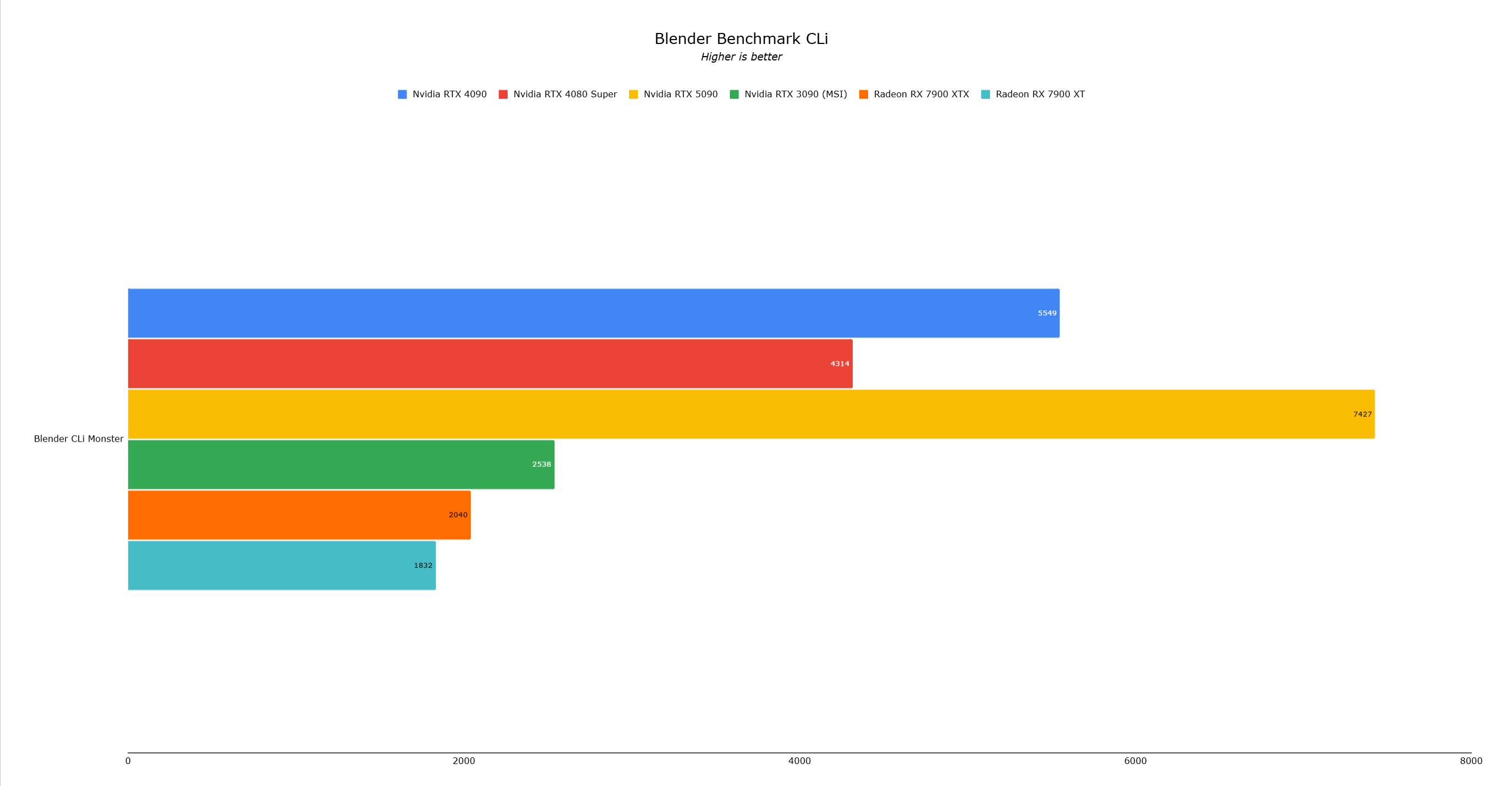 14 Images
14 Images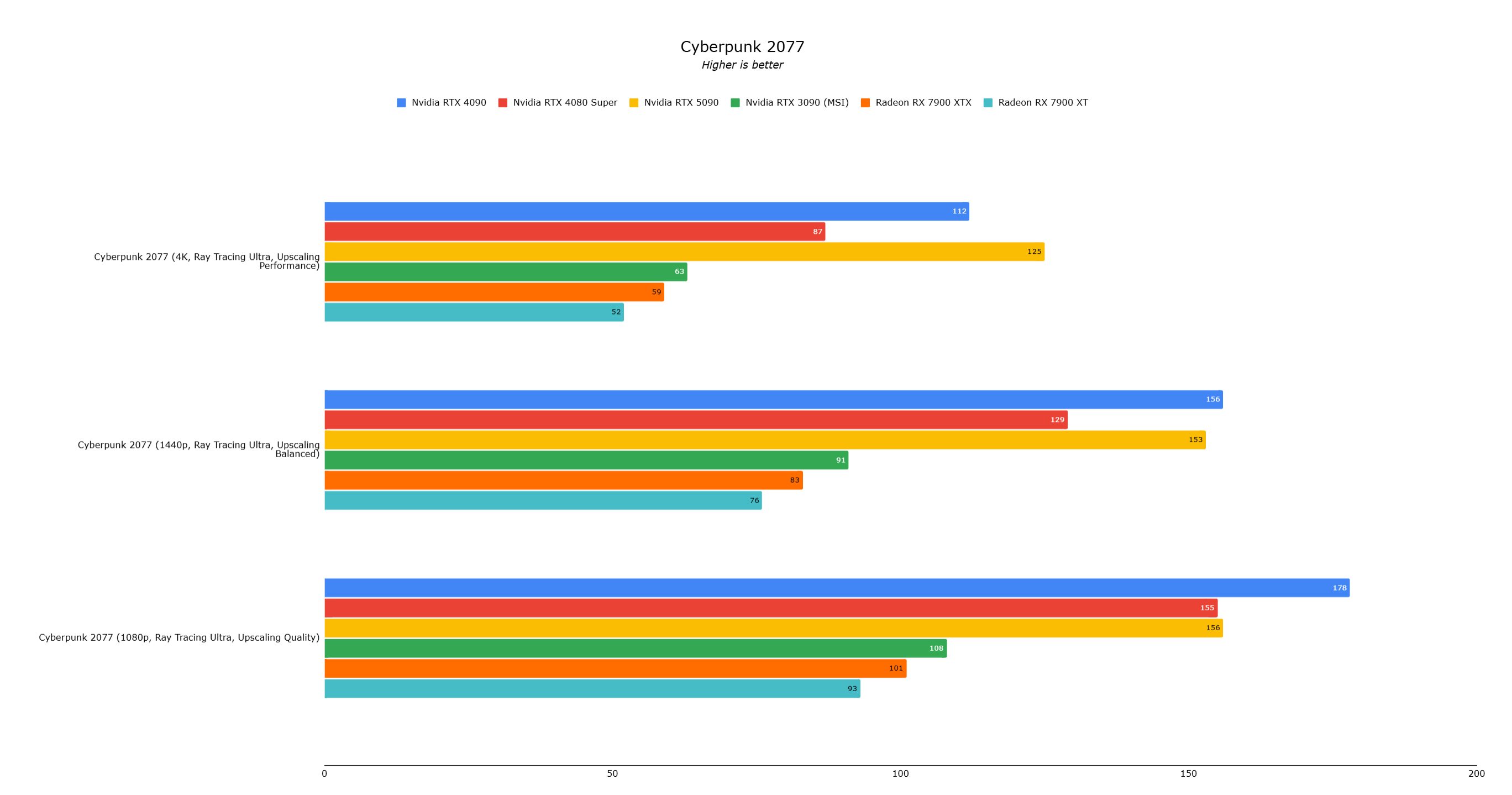

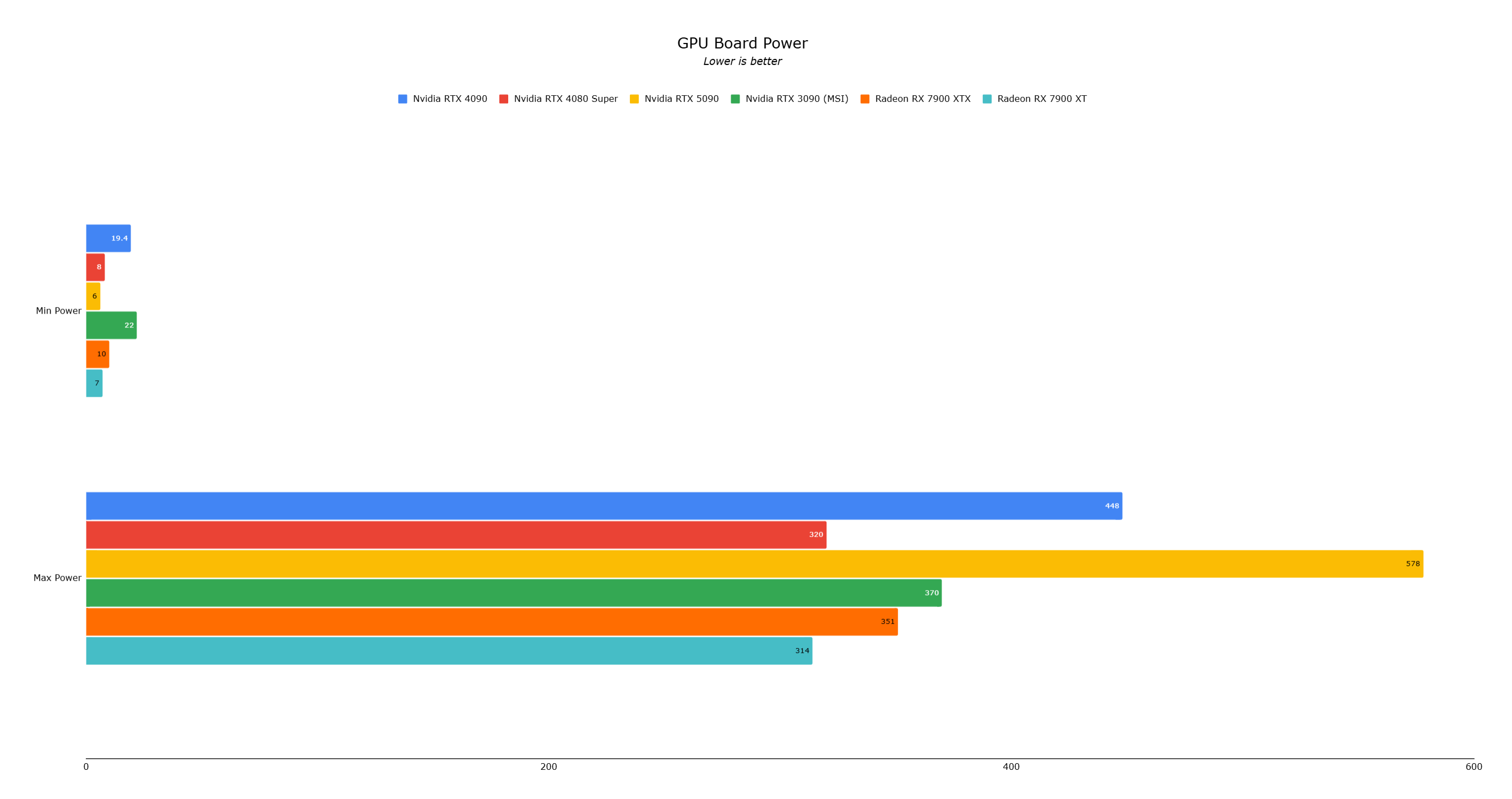
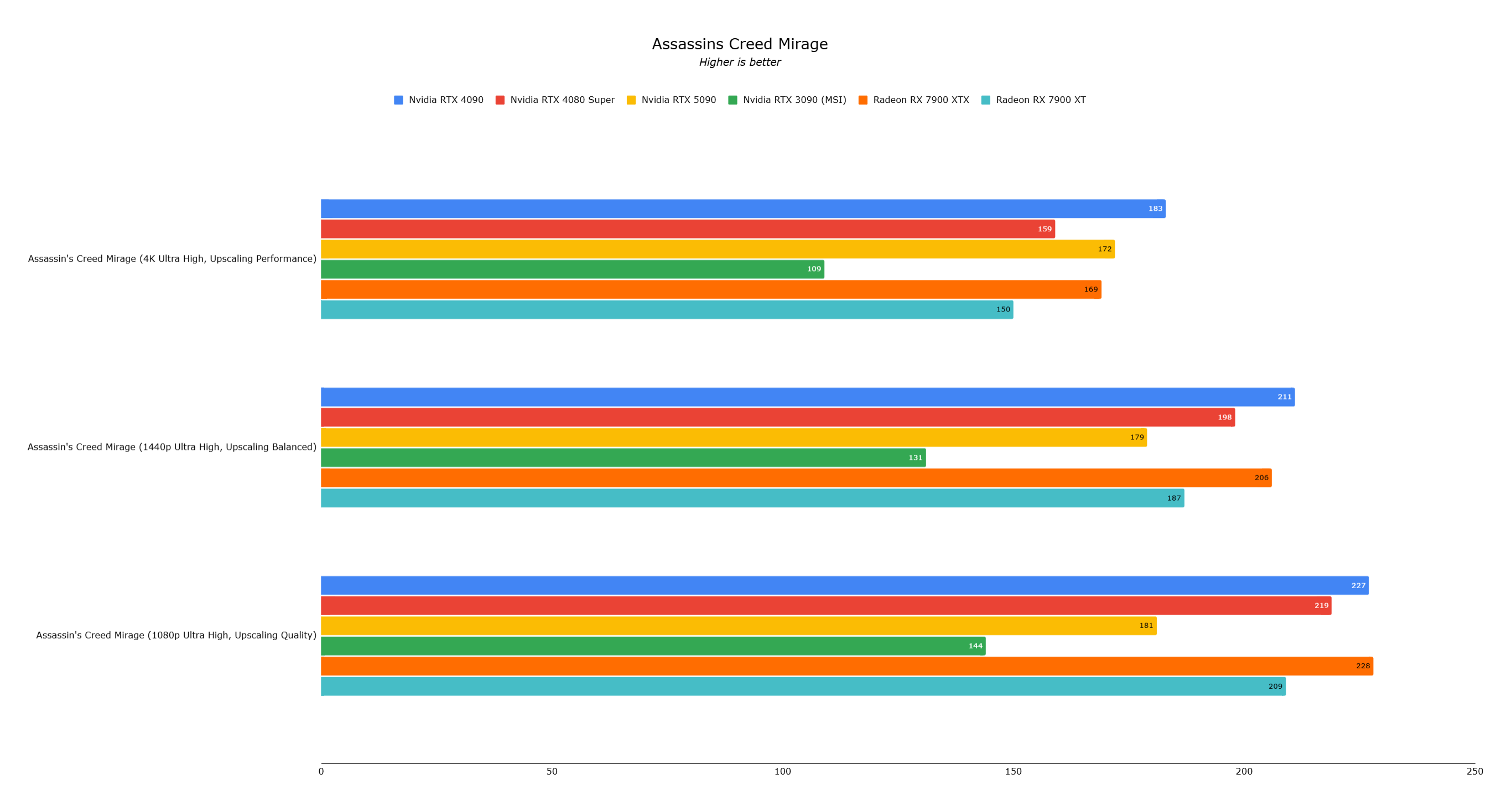
Conclusion
The RTX 5090 is undoubtedly the fastest consumer graphics card available, but its performance gains over the RTX 4090 are less dramatic than anticipated in many current games due to CPU bottlenecks. Its future-proofing relies heavily on the adoption and optimization of DLSS 4's AI-powered frame generation. While impressive, this technology requires a high-end display and sufficient baseline performance to be truly effective. Therefore, the RTX 5090 is best suited for enthusiasts willing to invest in cutting-edge AI-driven gaming, while the RTX 4090 remains a powerful option for most users.

